Table of Contents
In the years following Russia’s full-scale invasion of Ukraine in 2022, the country has found itself in the crosshairs of an unprecedented sanctions campaign led by the United States and its allies. These sanctions were designed to cripple Russia’s ability to wage war and weaken its economic standing on the world stage. However, despite predictions of economic collapse, Russia has shown resilience, adapting to the sanctions and managing to weather the storm in many ways. Yet, this resilience doesn’t come without its costs, and as Russia’s wartime economy evolves, so too does the effectiveness of these economic sanctions.
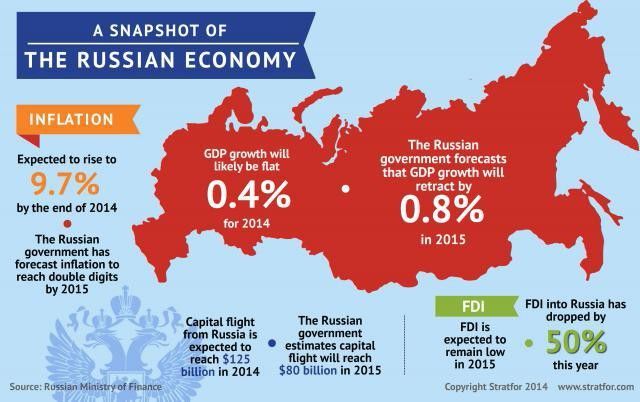
The Initial Impact of Western Sanctions on Russia
The West’s sanctions against Russia were designed with a clear objective: to disrupt Russia’s financial capabilities and prevent it from furthering its military ambitions. These sanctions targeted three critical pillars of Russia’s economy:
- Financial Sector: By disconnecting Russian banks from the global financial system and freezing sovereign and private foreign reserves, the West aimed to isolate Russia from international capital flows. This move was intended to hurt Russia’s currency, the ruble, and its ability to conduct trade.
- Import Restrictions: Western nations placed heavy restrictions on the import of goods and services to Russia, which had long relied on Western technology, machinery, and consumer goods. These sanctions aimed to prevent Russia from acquiring the necessary resources for industrial and technological growth.
- Energy Exports: Russia’s oil and gas exports, which had long been the bedrock of its economy, were also targeted. The West hoped to curb Russia’s main revenue stream by reducing its ability to export energy to European nations.
While these sanctions had immediate effects, Russia quickly mitigated some of the damage. The Russian government, under President Vladimir Putin, employed a series of measures to stabilize the economy, including tightening capital controls and increasing interest rates to prevent a mass exodus of capital from the country. Interestingly, unlike China during its 2015 currency devaluation crisis, Russia did not see a massive collapse in its foreign exchange reserves, despite facing similar challenges.
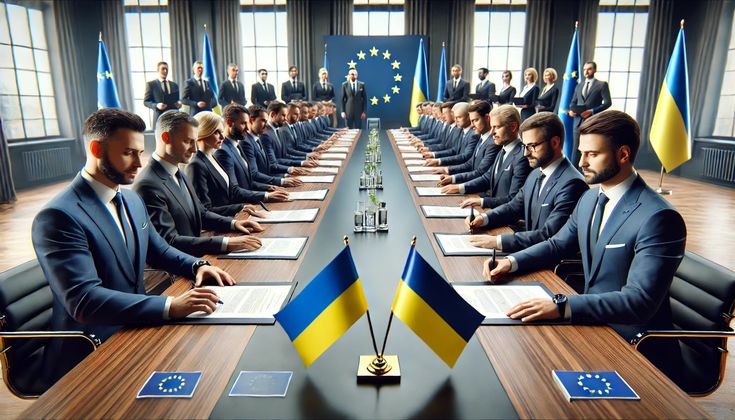
The Lessons Russia Learned from the 2014 Sanctions
Russia’s response to the 2022 sanctions can be traced back to lessons learned during the 2014 sanctions, which were imposed after Russia’s annexation of Crimea. Back then, the West’s measures were seen as a warning, with sanctions not yet targeting Russia’s core economic activities. However, by 2022, Russia was well-prepared for a more extensive set of measures.
The Kremlin’s strategy, known as “Fortress Russia,” involved reducing reliance on Western capital and creating a more self-sufficient economy. Over the years, Russia built up significant reserves and restructured key sectors of the economy to be less dependent on foreign imports. By 2022, Russia’s reliance on foreign capital had decreased, and the country had developed a national payment system to bypass the global financial network. Furthermore, the government pushed for more domestic production, particularly in food, as a means of insulating the country from supply shocks caused by international trade restrictions.
These measures allowed Russia to withstand the initial economic shock of the 2022 sanctions, but they have come at a cost. While Russia’s economic growth remained steady in the short term, the long-term effects of these policies could be more damaging.
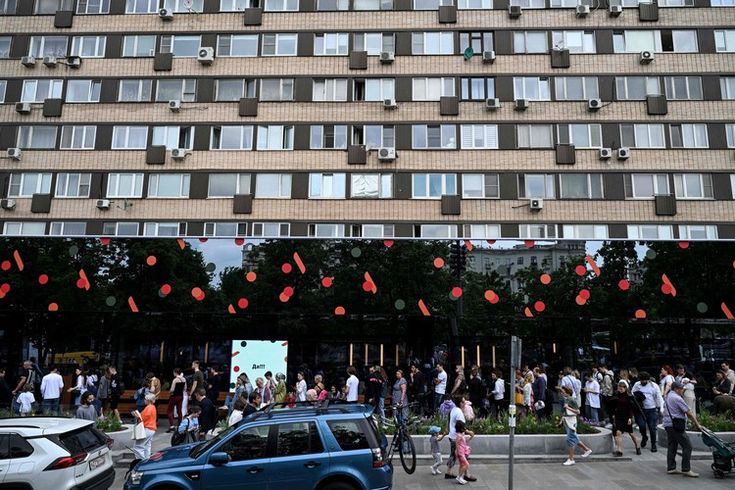
Why Putin Went Ahead with the Full-Scale Invasion
Despite the risks associated with a full-scale invasion, President Putin appeared confident that Russia could endure the economic fallout. The 2014 sanctions had failed to force Russia to abandon its geopolitical objectives, and Putin likely believed that a similar pattern would emerge in 2022. Moreover, the Kremlin had calculated that the West would not risk a major economic confrontation, as any drastic sanctions on energy exports would lead to skyrocketing energy prices, hurting European economies.
Putin’s decision to invade Ukraine also seems to have been influenced by the assumption that Russia could secure a quick victory. The Russian president believed that his military would rapidly collapse Ukraine’s government, forcing Western nations to back down from imposing heavy sanctions. However, as we now know, this calculation was deeply flawed, and the subsequent economic consequences have proven far more severe than anticipated.
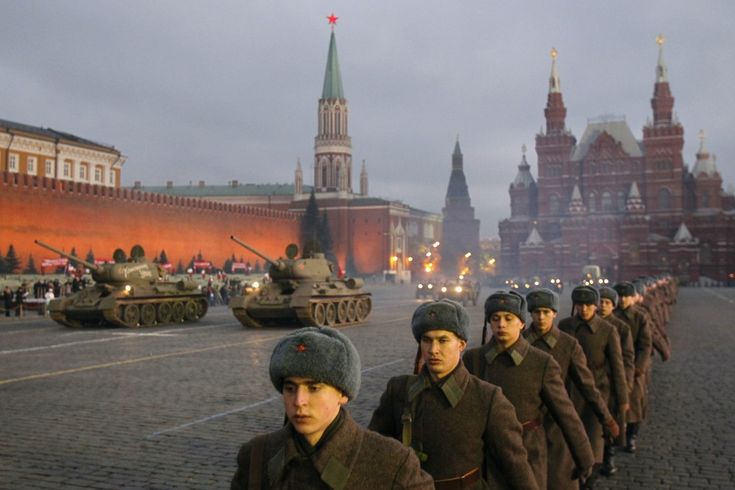
How the Kremlin Adapted and Strengthened Its Position
In response to the sanctions, the Russian government embarked on an aggressive economic strategy that focused on maintaining financial stability while diverting resources to the military. The Kremlin’s ability to manage its finances and control its economy has allowed it to continue prosecuting the war, despite the sanctions.
One of the most striking aspects of Russia’s response has been its ability to keep capital within the country. Capital flight, which typically accelerates during times of economic distress, has been largely contained due to stringent capital controls and the government’s decision to nationalize certain assets. The Kremlin has also used its control over the economy to foster loyalty among its allies, both within Russia and abroad.
Furthermore, Russia has managed to keep its oil revenues flowing by shifting its sales from Europe to China, India, and Turkey. Although these sales are subject to price caps and discounts, the higher global oil prices in 2022 and 2023 helped mitigate the impact of the price cap. Russia also responded by tweaking its tax regime to adapt to the new economic environment.
Internally, the Russian government has used the fiscal stimulus to boost salaries and spending, particularly in sectors tied to the war effort. Military contractors and defense-related industries have seen unprecedented growth, and the Russian economy has experienced a rise in wages and investment, particularly in the military-industrial complex. While the overall economy has been negatively impacted by the sanctions, the Kremlin’s ability to redistribute wealth and create new economic interest groups has helped maintain domestic stability.
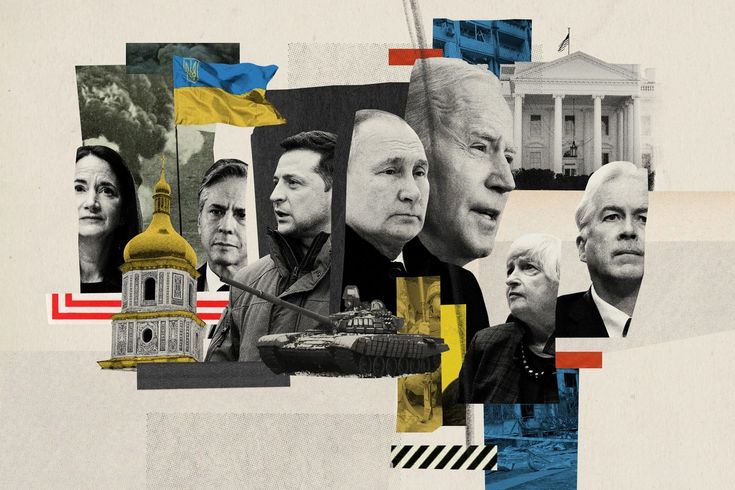
The Long-Term Outlook for Russia’s Economy
While Russia has been able to adapt to the short-term challenges posed by Western sanctions, the long-term outlook is more uncertain. The country faces significant structural problems, including a shrinking workforce, a lack of access to critical technologies, and the ongoing threat of further sanctions. Russia’s reliance on hydrocarbon exports remains a double-edged sword; while they continue to provide the country with significant revenue, the global shift toward cleaner energy and the growing sanctions regime could eventually undermine Russia’s economic base.
In addition, the Russian government’s continued economic isolation from the global financial system limits its ability to raise capital for future investments. The lack of foreign direct investment and the challenges posed by sanctions on key industries like technology and defense could eventually stifle Russia’s ability to modernize its economy.
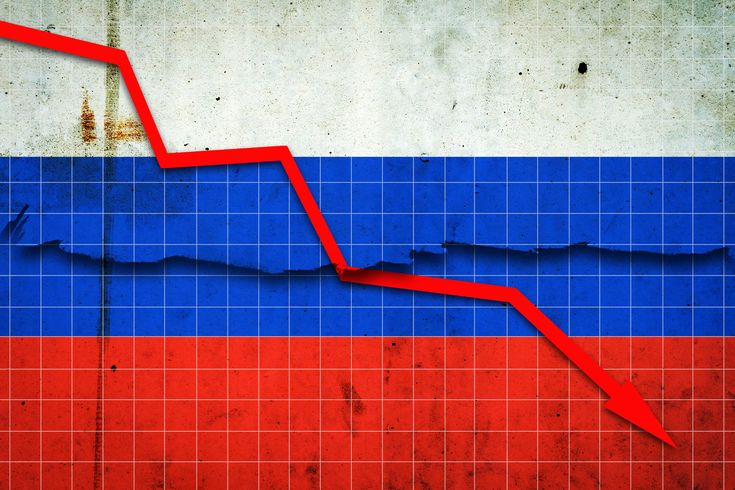
Policy Recommendations for Future Sanctions
To ensure that Russia is pressured into negotiating peace in Ukraine, the West must focus its sanctions strategy on constraining Russia’s ability to reconstitute its military capabilities. Specific measures that should remain in place include:
- Sanctions on Dual-Use Technologies: These are critical for Russia’s military-industrial complex. By restricting access to technologies that could aid in military production, the West can slow down Russia’s ability to replace its lost equipment.
- Control over Russian Energy Exports: While Russia has pivoted to Asian markets, the West must continue to use tools like the oil price cap to limit the revenue Russia can generate from hydrocarbon exports.
- Stricter Financial Controls: Western sanctions should continue to target Russian financial institutions, particularly those that facilitate the movement of funds for military purposes. The use of secondary sanctions to pressure countries that do business with Russia should also be expanded.
- Support for Ukrainian Reconstruction: As part of any potential peace deal, Western governments should demand that Russia contribute to the reconstruction of Ukraine by utilizing some of its frozen foreign reserves. These assets should be linked to a settlement that holds Russia accountable for its actions.
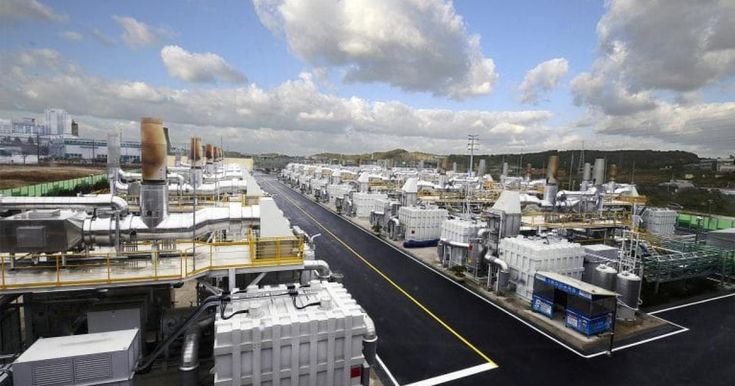
Conclusion
Russia’s ability to adapt to Western sanctions has been impressive, but its economic challenges are far from over. As the war in Ukraine drags on, the West must continue to apply targeted pressure on Russia’s economy, focusing on the sectors that allow the Kremlin to maintain its military aggression. The current sanctions strategy has had some success, but it needs to evolve to stay ahead of Russia’s ability to circumvent these measures. Only by keeping the pressure on can the West hope to bring Russia to the negotiating table and ultimately end the war in Ukraine.
Author Profile
- Syed Tahir Abbas is a Master's student at Southwest University, Chongqing, specializing in international relations and sustainable development. His research focuses on U.S.-China diplomacy, global geopolitics, and the role of education in shaping international policies. Syed has contributed to academic discussions on political dynamics, economic growth, and sustainable energy, aiming to offer fresh insights into global affairs.
Latest entries
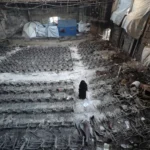 Middle East AffairsJuly 14, 2025An Open Letter from Gaza’s University Presidents: Resisting Scholasticide Through Education
Middle East AffairsJuly 14, 2025An Open Letter from Gaza’s University Presidents: Resisting Scholasticide Through Education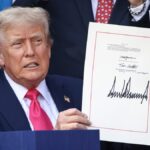 U.S. PolicyJuly 9, 2025Impacts of the One Big Beautiful Bill Act on the U.S. Mining Sector
U.S. PolicyJuly 9, 2025Impacts of the One Big Beautiful Bill Act on the U.S. Mining Sector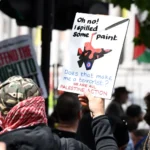 Human RightsJuly 2, 2025Palestine Action Is a Moral Compass. That’s Why the UK
Human RightsJuly 2, 2025Palestine Action Is a Moral Compass. That’s Why the UK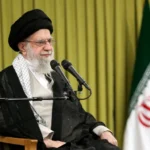 International PoliticsJune 26, 2025Iran Confirms Serious Damage to Nuclear Sites from U.S. Strikes, Rules Out Meeting with Washington
International PoliticsJune 26, 2025Iran Confirms Serious Damage to Nuclear Sites from U.S. Strikes, Rules Out Meeting with Washington



1 comment
This is such a unique take—I haven’t seen anyone write about this before♥️